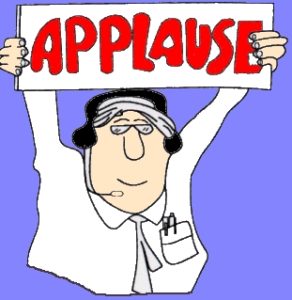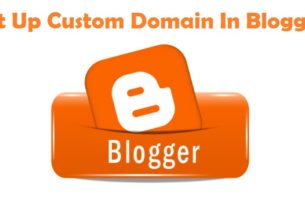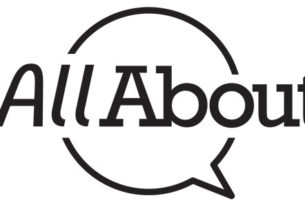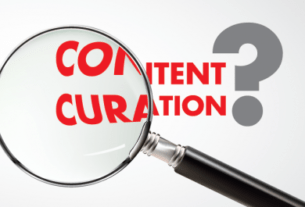 Anatomy of a Successful Blog:
Anatomy of a Successful Blog:
Most new bloggers don’t understand the difference between a professional blog and an amateur. So I’ve outlined below 10 of the most common blog design tips you can easily make that will help you to improve your blog and join the ranks of professional bloggers:
1: Make your borrowed template your own.
There is no such thing as a completely original template. All are variations of one theme or another so you don’t have to start from scratch. The most important place to start with is your top banner because that is the first thing your readers will see. When making a banner consider your blog’s niche and design something that is relevant to your topic.
2. Change your template icons.
Most blogs come out-of-the-box with icons in your sidebar. They are usually common images that we’ve all seen more times than we care to admit. So why not get rid of them and make your own images or grab these fantastic icons for free. Or, consider dumping the icons and use white space, shades of color or borders like I have. It makes for a cleaner looking template.
3: Make Your Post Titles go Click.
What I mean by that is your post titles should also be a clickable permalink. So when it’s clicked it will take your readers to the post page. This is not only advisable from an SEO perspective but it is also the logical choice that your readers are going to click.
4: Make your Blog Title and Logo Click.
Meaning, your blog title should be a clickable link that will take your readers to your blog home page. Again, this is important for SEO purposes as well as from a user’s perspective. Be sure also to include ALT and TITLE attributes for your home page.
So why not make your own logo? Instead of just words for your blog title, use an image that will give your banner a more professional look. For Blogger users the easy way to make your blog title image clickable is to put code into the “Description” section under the dashboard “Settings”menu. Here is my code that I use:
<a title=”InstaBloke Home” href=”http://www.blogbloke.com” mce_href=”http://www.blogbloke.com” ><img border=”0″ src=”http://www.myimagehost.com/myimages/InstaBloke-logo.gif” mce_src=”http://www.myimagehost.com/myimages/InstaBloke-logo.gif” alt=”InstaBloke Home” hspace=”0″ vspace=”4″ /></a>
Of course don’t forget to change the src=” “ and href=” “ so that it points to your own address, and while you’re at it why not put a slogan underneath your Blog Title.
You can read more about it here if you like: Create a Clickable Logo and Banner for Your Blog
5. Put your descriptors first, and your blog name last.
This goes for both your blog and post titles. This is a common mistake that most newbie bloggers make. Why? Because when a user is searching for information they are looking for specific keywords that you may have written about — not your blog’s name. This will make a huge difference from an SEO perspective.
It’s easy to do for your blog title but it’s another matter trying to make it work for all your post titles. WordPress users can install a plugin to do this but New Blogger users need to change the blog title tag in their template.
Just look for the following code near the top of your template:
<title><data:blog.pageTitle/></title>
and replace it with this code:
<!– Change the Blogger Title Tag –><b:if cond=’data:blog.pageType == “item”‘><b:section id=’titleTag’>
<b:widget id=’Blog2′ locked=’false’ title=’Blog Posts’ type=’Blog’>
<b:includable id=’nextprev’/>
<b:includable id=’backlinks‘ var=’post’/>
<b:includable id=’post’ var=’post’><data:post.title/></b:includable>
<b:includable id=’commentDeleteIcon’ var=’comment’/>
<b:includable id=’feedLinks’/>
<b:includable id=’status-message’/>
<b:includable id=’backlinkDeleteIcon’ var=’backlink’/>
<b:includable id=’feedLinksBody’ var=’links’/>
<b:includable id=’postQuickEdit’ var=’post’/>
<b:includable id=’comments’ var=’post’/>
<b:includable id=’main’ var=’top’><title><b:loop values=’data:posts’ var=’post’><b:include data=’post’ name=’post’/></b:loop> your blog descriptor</title>
</b:includable>
</b:widget>
</b:section><b:else/><title><data:blog.pageTitle/></title></b:if><!– End of Change the Blogger Title Tag –>
Don’t forget to change “your blog descriptor” to whatever you want.
*Warning: As always, be sure to make a backup of your template before fiddling with it. I also recommend commenting out your changes rather than deleting them so you can easily revert back if necessary.
6. Put your RSS newsfeed link somewhere prominent on your site.
The best place for that is near the top of your template as well as at the bottom of each post. Use a nice image and make it a clickable link.
7. Clean up the clutter and you can start by getting rid of those useless widgets that slow down your blog.
I realize that widgets are all the rage right now BUT widgets use scripts which make calls to other sites, and if that server is down or slow it will also slow down your blog’s performance. New readers are impatient and will only wait a few seconds for your blog to load in their browser. Anything beyond that and they will move on to the next link.
8. Make a menu near your top banner with links to your faq file, your profle page, email, newsfeed, home page, important posts, etc.
9. Make your blog look B-I-G-G-E-R.
What I mean by that is most users today are using large monitors. Chances are your blog has been designed to fit the old small monitors and so it will look like a teeny-weeny spec on anything that is 19 inches or larger.
The easy way to make your blog look bigger is to increase the size of the post body area (that’s where all your posts go) and your sidebar. Once you have done that you can also increase the font size a little, but don’t go overboard because most modern browsers today already have a feature for making fonts larger.
10. Some website design purists will tell you to use little (if any) images.
White space is your friend and don’t distract from your content they will say. The funny things is most of those sites are also wallpapered with blinking ads. Go figure. ![]()
So … I’m in agreement with that to a point, but like all things moderation is usually the best policy. As the old saying goes “a picture is worth a thousand words“.
Don’t go to extremes and make your blog look boring, but neither should you make your blog look like a neon billboard in downtown Tokyo either. Finding the right balance is not easy but is well worth the effort.
If you are a fan of famous sayings like I am then here is one (or two) more for you. Try this on for size:
“There is no accounting for taste“, but “beauty is in the eye of the beholder“.
So what does that mean? Apparently “you can please some of the people some of the time, but you can’t please all of the people all of the time“.
Ok, enough with the clichés Bloke! I hope you find this post helpful and cheers!



